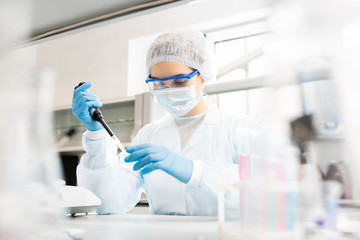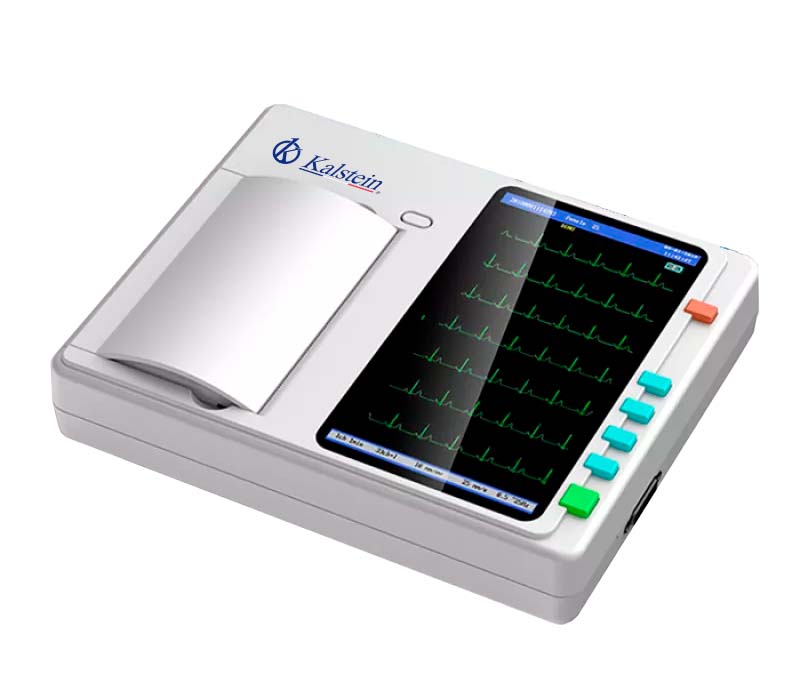A fluorometer is a laboratory instrument that allows the analysis, identification and quantification of chemical substances with molecules capable of presenting fluorescence, using the technique of fluorescence spectrophotometry or fluorometry.
This equipment is a special optical device capable of measuring the fluorescent quality of biological or mineral samples. Fluorescence is a type of luminescence that occurs in certain substances, which gives them the quality of being capable of absorbing electromagnetic radiation (light), and emitting part of that energy as radiation at a different wavelength from that absorbed.
Structure of a fluorometer
A fluorometer is composed of 4 main components: the radiation source (Xenon lamp, or a laser, in addition to other lamps that can cover a greater spectrum of wavelengths), an excitation monochromator (which selects the appropriate wavelength for the excitation of the sample), an emission monochromator (which analyzes the emissions produced by the fluorescence emitted by the sample) and a photomultiplier, which receives the light waves and transforms them into a measurable unit (number), which will be directly related to the intensity of the emitted light.
Recommendations and care of a fluorometer
- Carry out a cleaning of the equipment surface
- Clean filters and light sources
- Check electrical installations
- Test the operation of the equipment: turn on the equipment and let it warm up for about 15 minutes, select the wavelength with which you want to work, select the function, and set it to zero with distilled water.
- Place the equipment in a place where there are no vibrations, excessive heat, humidity or direct light.
- Protect equipment from dust. Do not directly touch the optical elements of the equipment such as lenses and filters. Follow the manufacturer’s instructions for cleaning these components.
- Let the equipment warm up before doing any kind of measurement.
- Carry out a periodic check of the wavelength setting, when there is suspicion that it has varied.
- Make sure the reading cuvettes are clean, no scratches, no fingerprints.
Among the applications where a fluorometer is used, we can mention the following
- Protein dynamics
- Quantitative analysis
- Cell membrane studies
- The kinetics of enzymes
- Carbon nanostructures
- Characterization of fluorescent probes
- Short-term phosphorescence measurements
- Thermal stability measurements
At Kalstein we are MANUFACTURERS and we offer you excellent fluorometers and spectrophotometers, at the best PRICES. That is why we invite you to take a look HERE




